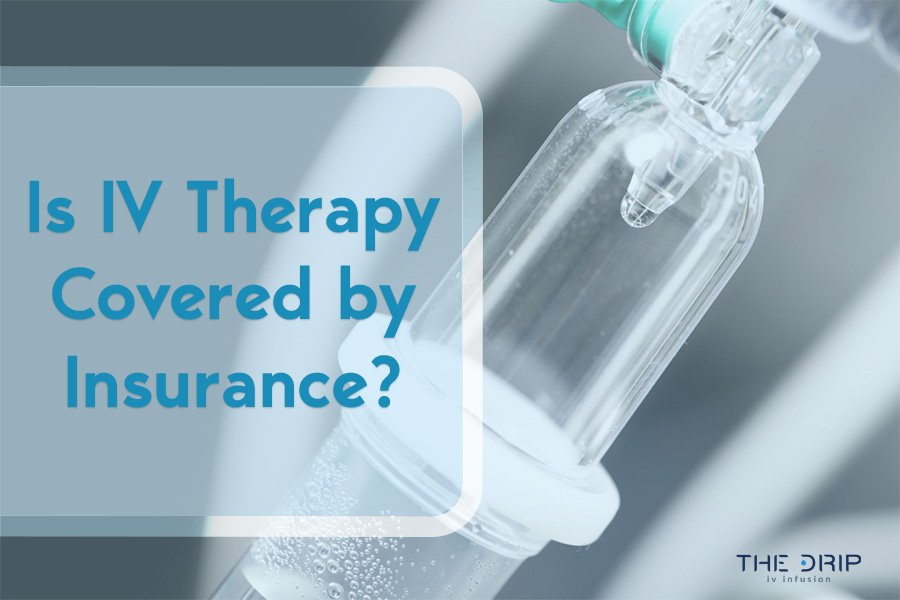Administered intravenous (IV) fluids are crucial in managing various medical conditions. Understanding the differences between hypotonic vs hypertonic IV fluids is paramount in delivering effective care.
This article sets the stage for comprehensively exploring hypotonic and hypertonic IV fluids’ distinct compositions, indications, and effects. It aims to provide healthcare professionals with valuable insights, enabling them to navigate the nuanced application of these fluids within clinical settings more effectively.

Source: shutterstock.com / Photo Contributor: Siberian Art
Hypotonic vs Hypertonic IV Fluids
Understanding hypotonic IV fluids
Hypotonic intravenous IV solutions are fluid administered to patients to address specific medical conditions or dehydration. These solutions have a lower concentration of solutes, such as electrolytes and other dissolved substances, compared to the body’s extracellular fluid.
In simpler terms, the fluid outside the cells has fewer dissolved particles than inside the cells. This disparity creates an osmotic gradient, encouraging water movement from the hypotonic solution into the more concentrated intracellular space. This influx of water helps hydrate cells and replenish intracellular fluid.
Hypotonic IV fluids address cellular dehydration or shift fluids from the interstitial space into the cells. Hypotonic IV fluids are commonly used to address cellular dehydration or to shift fluids from the interstitial space into the cells.
However, caution is necessary when administering hypotonic solutions, as an excessive influx of water into cells may lead to cellular swelling and potential complications, especially in individuals with certain medical conditions. Therefore, healthcare professionals in the best mobile IV therapy in Arizona carefully assess patient needs and monitor fluid balance when using hypotonic IV solutions.
Understanding hypertonic IV fluids
Hypertonic intravenous IV solutions are a category of fluids that contain a higher concentration of solute compared to plasma and interstitial fluid. This establishes an osmotic gradient, causing fluid to move from the interstitial into the intravascular space.
The osmotic effect of hypertonic fluids is primarily employed to draw water out of cells and tissues, making them useful in scenarios where there is a need to reduce cellular swelling or address hyponatremia conditions, a state characterized by low sodium levels in the blood. Hypertonic IV solutions are often utilized to manage specific clinical conditions, such as cerebral edema, or to raise serum sodium levels.
However, their administration requires careful monitoring to avoid complications like fluid volume overload or electrolyte imbalance. Healthcare professionals must tailor the choice and dosage of hypertonic fluids to individual patient needs and closely observe their response to treatment.
Differences Between Hypotonic and Hypertonic IV Fluids
Hypotonic and hypertonic IV fluids differ significantly in their composition, osmolarity, indications, and effects on cellular hydration and fluid shifts in the body.
Hypotonic IV fluids have a lower concentration of solutes than the body’s extracellular fluid, creating an osmotic gradient that allows water to move into cells, promoting cellular hydration. These solutions often address cellular dehydration or shift fluids from the interstitial space into cells.
On the other hand, hypertonic IV fluids have a higher solute concentration than the body’s extracellular fluid, resulting in an osmotic gradient that draws water out of cells and tissues into the bloodstream.
Hypertonic solutions may reduce cellular swelling, manage conditions like cerebral edema, or raise serum sodium levels in hyponatremia.
So, the key distinction between these two fluids lies in their osmotic effects, with hypotonic solutions promoting cellular hydration and hypertonic solutions extracting water from cells.
Healthcare professionals carefully choose between these IV fluids based on specific patient needs and clinical indications to achieve the desired physiological effects.
Medical applications and uses
Based on their distinct properties and osmotic effects, hypotonic and hypertonic intravenous IV fluids are applied in various medical scenarios.
Hypotonic IV fluids
Hypotonic IV fluids are commonly used in cases of cellular dehydration, where there is an imbalance with increased intracellular solute concentration. These fluids are preferred when there’s a need to shift fluids from the extracellular space into cells, promoting cellular hydration.
The hypotonic IV solutions are often chosen cautiously, as excessive use in patients with compromised kidney function may lead to fluid overload.

Source: shutterstock.com / Photo Contributor: Andrey_Popov
Hypertonic IV fluids
Hypertonic IV fluids find applications when there is a need to draw water out of cells and tissues. Conditions such as cerebral edema, hyponatremia, or traumatic brain injuries may benefit from hypertonic solutions to reduce cellular swelling and restore electrolyte balance. Hypertonic fluids are preferred in carefully monitored circumstances to avoid complications like fluid volume overload or electrolyte imbalances.
Healthcare professionals consider various factors in choosing the appropriate IV fluid, including the patient’s clinical condition, electrolyte balance, and renal function. Regular monitoring is crucial to adjust fluid therapy as needed and prevent adverse effects.
Individualized treatment plans ensure that hypotonic or hypertonic fluids are administered judiciously to address specific medical needs while minimizing potential risks.
Conclusion
The comparison of hypotonic vs hypertonic IV fluids reveals the nuanced yet pivotal role these intravenous solutions play in medical care. With their lower solute concentration, hypotonic fluids prove invaluable in addressing cellular dehydration and promoting intracellular hydration.
On the other hand, hypertonic fluids, characterized by a higher solute concentration, are strategically employed to draw water out of cells, mitigating conditions like cerebral edema and hyponatremia. Understanding these differences is paramount for healthcare professionals in tailoring fluid therapy to individual patient needs.




